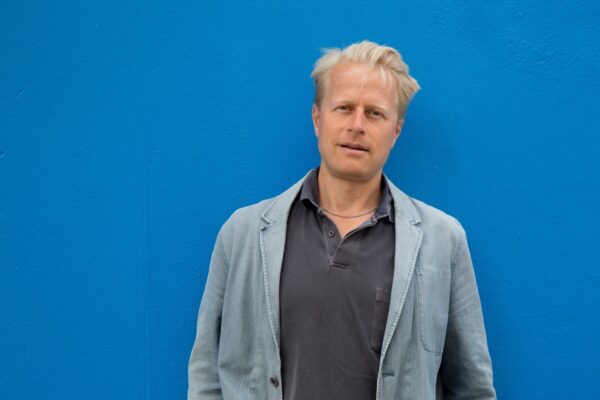ABOUT ASLAK
Aslak Gottlieb strives at getting young people to take part in the democracy they will inherit from us, the democracy they must help maintain to ensure its survival. Unlocking the doors to current information of the world around them demands the functional integrity of educational processes and updated approaches to a new journalism that exploit modern media. The key is a symbiosis of education, journalism and technology.
This is obviously an ambitious, major, vital undertaking: how to prevent new technology from constantly leaving our educational systems and institutions in their wake; how to apply new media as the purveyor of news to benefit youth, the inheritors of our democracies.
Aslak Gottlieb endeavors to raise the tempo of educators and news reporters’ adaptation of media platforms already familiar to – and fervently used by – youth to create common bonds across generation gaps.
Kids need to be activated and so do adults who feed them news. These two things must be done simultaneously, but not independently of one another. Young people must describe their needs, while their educators and reporters of news must give them what they want, but it can only be achieved by building a common bond of interest.
That’s where Aslak Gottlieb can step into the picture. With his background as a schoolteacher, a specialist in the nuances of journalism and experience in the world of technology, he is able to help clients shake up traditions and re-mould them into what will become tomorrow’s traditions.
The roles he plays:
• Monitor/Host
• Researcher
• Project developer
• Debater
• Author
• Teacher
Would you like to combine media with schooling, tell an educational story, engage youngsters, reach out to youth, make journalism a functioning tool, test models or initiate debate on the interface between news media and young people? Just ask Aslak.




